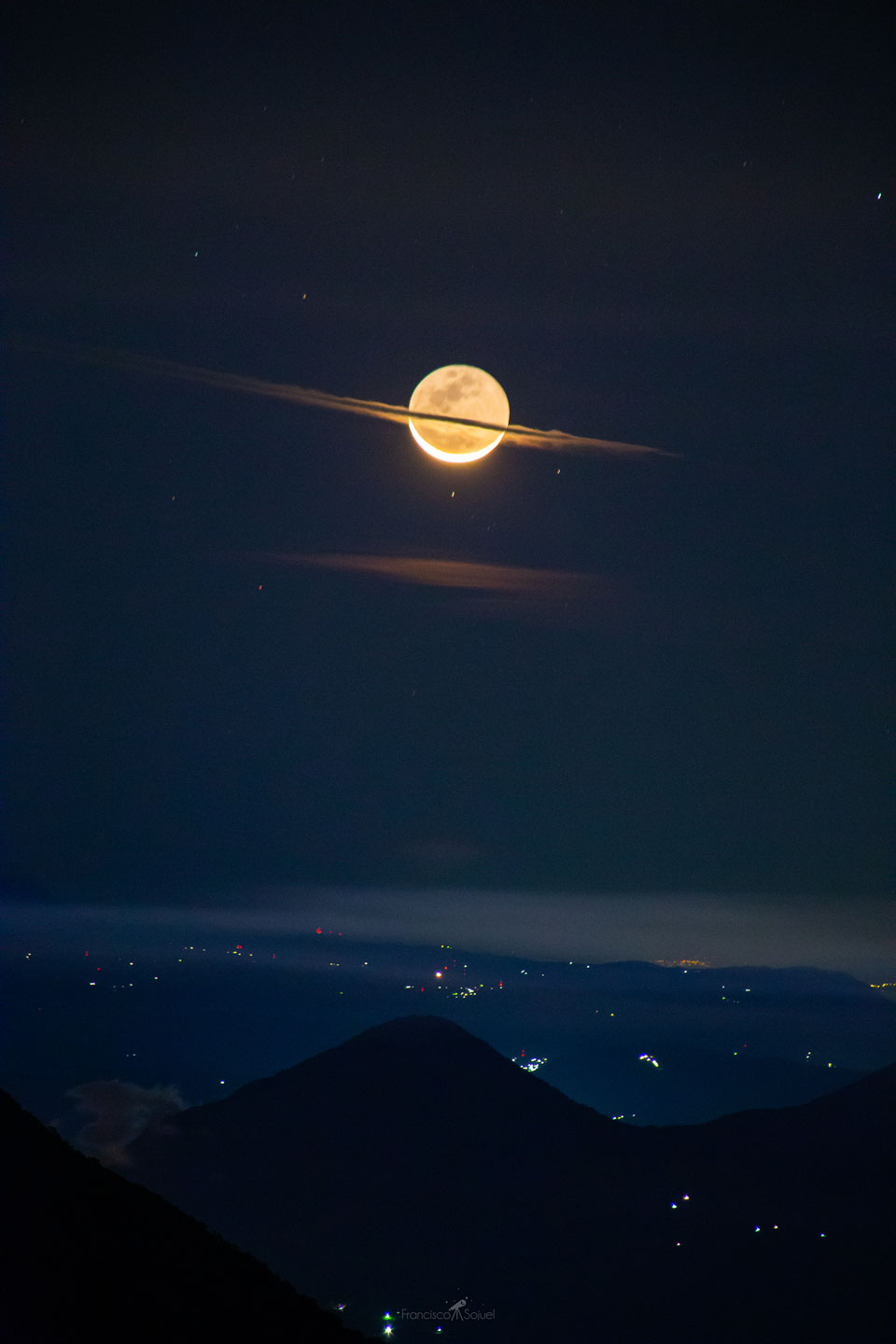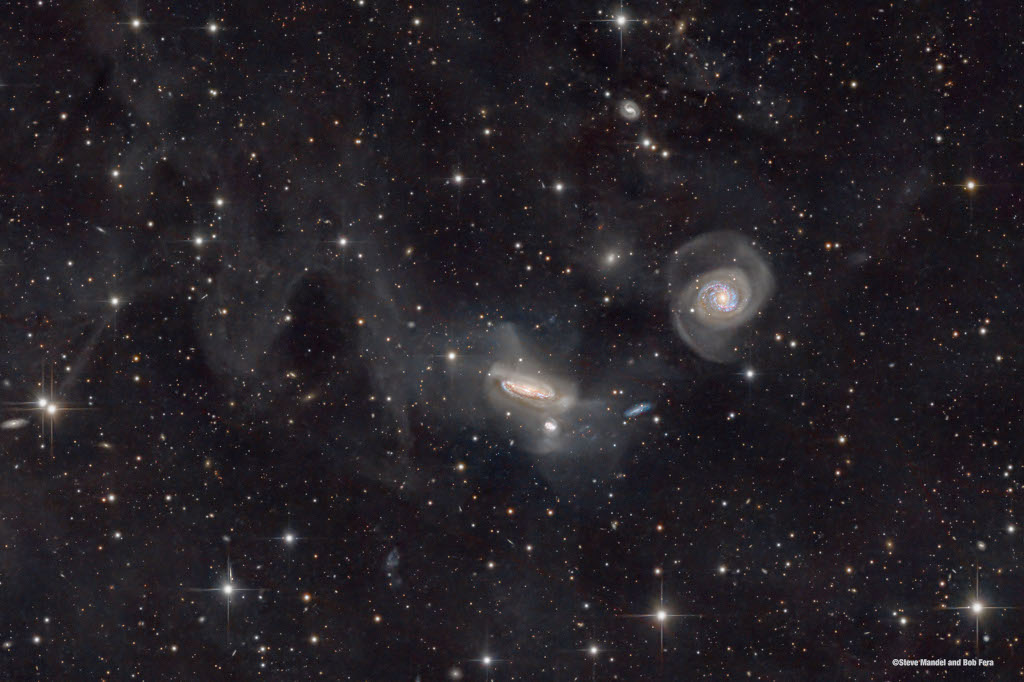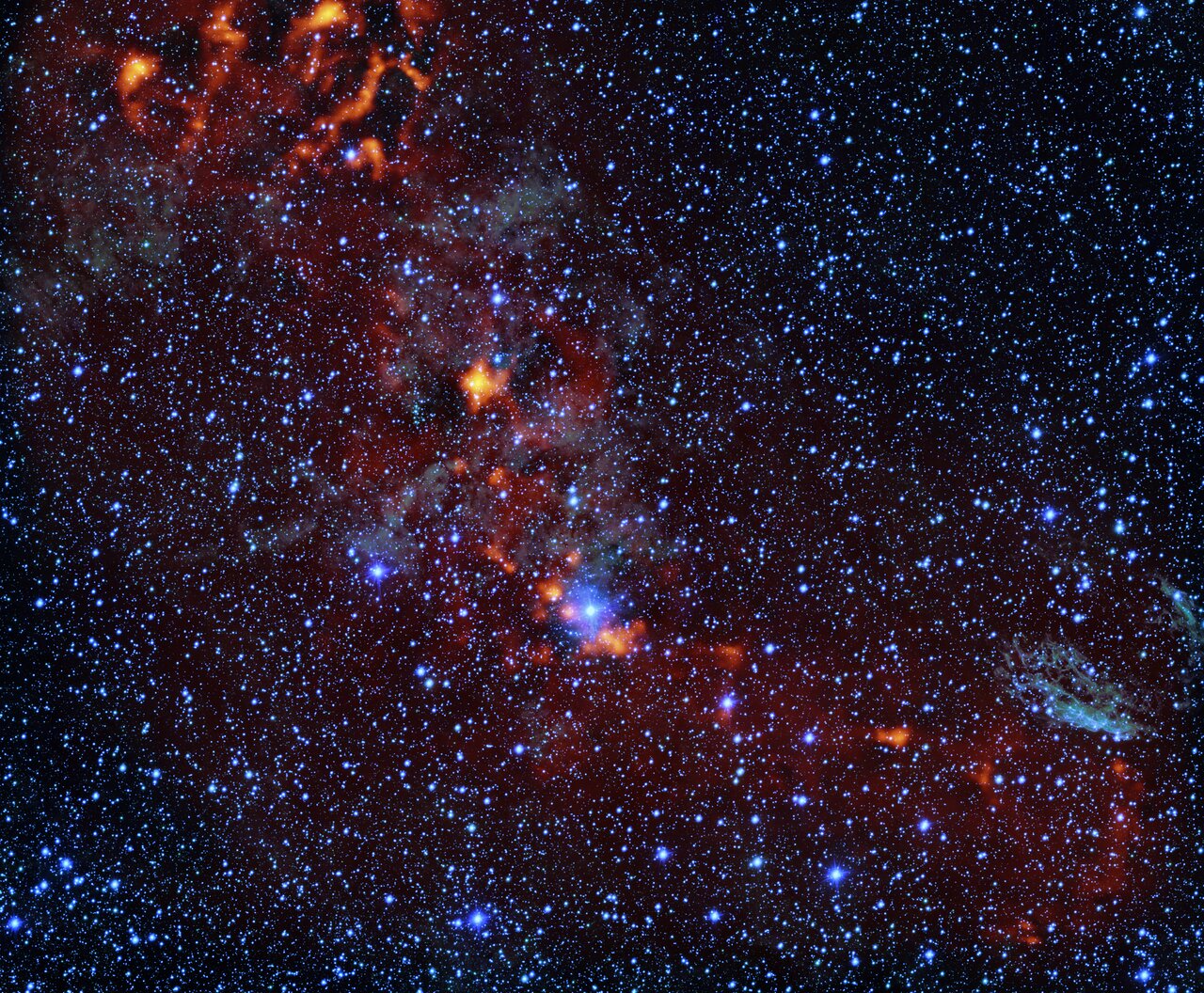Blog
Clifford Laconia Jordan (September 2, 1931 – March 27, 1993) was an American jazz tenor saxophone player. While in Chicago, he performed with Max Roach, Sonny Stitt, and some rhythm and blues groups. He moved to New York City in 1957, after which he recorded three albums for Blue Note. He recorded with Horace Silver, J.J. Johnson, and Kenny Dorham, among others. He was part of the Charles Mingus Sextet, with Eric Dolphy, during its 1964 European tour.
Jordan toured Africa with Randy Weston, and performed in Paris while living in Belgium. In later years, he led his own groups, performed with Cedar Walton‘s quartet Eastern Rebellion, and led a big band.
Jordan was married to Shirley Jordan, a designer and former owner of The Clothes Gallery in New York. He later married Sandy Jordan (née Williams), a graphic artist and Honorary Founders Board member of the Jazz Foundation of America.
more...Horace Ward Martin Tavares Silver (September 2, 1928 – June 18, 2014) was an American jazz pianist, composer, and arranger, particularly in the hard bop style that he helped pioneer in the 1950s.
After playing tenor saxophone and piano at school in Connecticut, Silver got his break on piano when his trio was recruited by Stan Getz in 1950. Silver soon moved to New York City, where he developed a reputation as a composer and for his bluesy playing. Frequent sideman recordings in the mid-1950s helped further, but it was his work with the Jazz Messengers, co-led by Art Blakey, that brought both his writing and playing most attention. Their Horace Silver and the Jazz Messengers album contained Silver’s first hit, “The Preacher“. After leaving Blakey in 1956, Silver formed his own quintet, with what became the standard small group line-up of tenor saxophone, trumpet, piano, bass, and drums. Their public performances and frequent recordings for Blue Note Records increased Silver’s popularity, even through changes of personnel. His most successful album was Song for My Father, made with two iterations of the quintet in 1963 and 1964.
Several changes occurred in the early 1970s: Silver disbanded his group to spend more time with his wife and to concentrate on composing; he included lyrics in his recordings; and his interest in spiritualism developed. The last two of these were often combined, resulting in commercially unsuccessful releases such as The United States of Mindseries. Silver left Blue Note after 28 years, founded his own record label, and scaled back his touring in the 1980s, relying in part on royalties from his compositions for income. In 1993, he returned to major record labels, releasing five albums before gradually withdrawing from public view because of health problems.
As a player, Silver transitioned from bebop to hard bop by stressing melody rather than complex harmony, and combined clean and often humorous right-hand lines with darker notes and chords in a near-perpetual left-hand rumble. His compositions similarly emphasized catchy melodies, but often also contained dissonant harmonies. Many of his varied repertoire of songs, including “Doodlin’“, “Peace“, and “Sister Sadie“, became jazz standards that are still widely played. His considerable legacy encompasses his influence on other pianists and composers, and the development of young jazz talents who appeared in his bands over the course of four decades.
more...What is pictured are foreground clouds on Earth crossing in front of the Moon. The Moon shows a slight crescent phase with most of its surface visible by reflected Earthlight, known as Da Vinci glow. The Sun directly illuminates the brightly lit lunar crescent from the bottom, which means that the Sun must be below the horizon and so the image was taken before sunrise. This double take-inducing picture was captured on 2019 December 24, two days before the Moon slid in front of the Sun to create a solar eclipse. In the foreground, lights from small Guatemalan towns are visible behind the huge volcano Pacaya.

more...
Akiko Tsuruga (敦賀明子, Tsuruga Akiko) is a jazz composer, Hammond B-3 organist and pianist from Osaka, Japan.
She was born in Osaka. Her parents bought her a small organ when she was three and she started learning to play standards. At high school, she listened to Hammond B3 players including Jimmy Smith, then Charles Earland, Jack McDuff, Jimmy McGriff and Dr. Lonnie Smith.
A graduate of the Osaka College of Music, she has resided in New York City since 2001. After moving to the US, she had lessons from Lonnie Smith.
In addition to her solo work, she plays as a sideman in various groups in New York. She has accompanied Lou Donaldson since 2007.
more...Seiji Ozawa (小澤 征爾, Ozawa Seiji, September 1, 1935 – February 6, 2024) was a Japanese conductor known internationally for his work as music director of the Toronto Symphony Orchestra, the San Francisco Symphony, and especially the Boston Symphony Orchestra (BSO), where he served from 1973 for 29 years. After conducting the Vienna New Year’s Concert in 2002, he was director of the Vienna State Opera until 2010. In Japan, he founded the Saito Kinen Orchestra in 1984, their festival in 1992, and the Tokyo Opera Nomori in 2005.
Ozawa rose to fame after he won the 1959 Besançon competition. He was invited by Charles Munch, then the music director of the BSO, for the following year to Tanglewood, the orchestra’s summer home, where he studied with Munch and Pierre Monteux. Winning the festival’s Koussevitzky Prize earned him a scholarship with Herbert von Karajan and the Berlin Philharmonic and brought him to the attention of Leonard Bernstein, who made him his assistant with the New York Philharmonic in 1961. He became artistic director of the festival and education program in Tanglewood in 1970, together with Gunther Schuller. In 1994, the new main hall there was named after him.
Ozawa conducted world premieres such as György Ligeti‘s San Francisco Polyphony in 1975 and Olivier Messiaen‘s opera Saint François d’Assise in Paris in 1983. He received numerous international awards. Ozawa was the first Japanese conductor recognized internationally and the only one of superstar status.
more...Gene Harris (born Eugene Haire, September 1, 1933 – January 16, 2000 Benton Harbor, MI) was an American jazz pianist known for his warm sound and blues and gospel infused style that is known as soul jazz.
From 1956 to 1970, he played in The Three Sounds trio with bassist Andy Simpkins and drummer Bill Dowdy. During this time, The Three Sounds recorded regularly for Blue Note and Verve.
He mostly retired to Boise, starting in the late 1970s, although he performed regularly at the Idanha Hotel there. Ray Brown convinced him to go back on tour in the early 1980s. He played with the Ray Brown Trio and then led his own groups, recording mostly on Concord Records, until his death from kidney failure in 2000. One of his most popular numbers was his “Battle Hymn of the Republic,” a live version of which is on his Live at Otter Crest album, published by Concord. The singer Niki Haris is his daughter.
more...Lecil Travis Martin (September 1, 1931 – April 12, 1999 Ovilla, TX), whose stage name was Boxcar Willie, was an American country music singer-songwriter, who sang in the “old-time hobo” music style, complete with overalls, and a floppy hat. “Boxcar Willie” was originally a character in a ballad he wrote, but he later adopted it as his own stage name. His early musical career was parallel to service as an enlisted flight engineer in the United States Air Force.
more...Arthur Edward Pepper Jr. (September 1, 1925 – June 15, 1982) was an American jazz musician, most known as an alto saxophonist. He occasionally performed and recorded on tenor saxophone, clarinet (his first instrument) and bass clarinet. Active primarily in West Coast jazz, Pepper first came to prominence in Stan Kenton‘s big band. He was known for his emotionally charged performances and several stylistic shifts throughout his career, and was described by critic Scott Yanow as having “attained his goal of becoming the world’s greatest altoist” at the time of his death in 1982. Art Pepper was born in Gardena, California, United States. His mother was a 14-year-old runaway; his father, a merchant seaman. Both were violent alcoholics, and when Pepper was still quite young, he was sent to live with his paternal grandmother. He expressed early musical interest and talent, and he was given lessons. He began playing clarinet at the age of nine, switched to alto saxophone at 13, and immediately began jamming on Central Avenue, the black nightclub district of Los Angeles.
more...Galaxies of the NGC 7771 Group are featured in this intriguing skyscape. Some 200 million light-years distant toward the constellation Pegasus, NGC 7771 is the large, edge-on spiral near center, about 75,000 light-years across, with two smaller galaxies below it. Large spiral NGC 7769 is seen face-on to the right. Galaxies of the NGC 7771 group are interacting, making repeated close passages that will ultimately result in galaxy-galaxy mergers on a cosmic timescale. The interactions can be traced by distortions in the shape of the galaxies themselves and faint streams of stars created by their mutual gravitational tides. But a clear view of this galaxy group is difficult to come by as the deep image also reveals extensive clouds of foreground dust sweeping across the field of view. The dim, dusty galactic cirrus clouds are known as Integrated Flux Nebulae. The faint IFN reflect starlight from our own Milky Way Galaxy and lie only a few hundred light-years above the galactic plane.

more...
“Spider” John Koerner (August 31, 1938 – May 18, 2024) was an American guitarist, singer, and songwriter. He was best known as a guitarist and vocalist in the blues trio Koerner, Ray & Glover, with Dave Ray and Tony Glover. He also made albums as a solo performer and with Willie Murphy, and was an important mentor to the young Bob Dylan.
In a profile of Koerner for the magazine fRoots in 2010, Ian Anderson wrote that “Spider John Koerner is an American national treasure, a genuine folk blues hero. Bizarrely, most of his fellow countrypersons remain blissfully unaware of this, in spite of his being one of the key figures of the 1960s folk boom.” The Encyclopedia of Popular Musiccalled him “one of the most talented songwriters of his generation.”
more...Paul Winter (born August 31, 1939 Altoona, PA) is an American saxophonist, composer, and bandleader. He is a pioneer of world music and earth music, which interweaves the voices of the wild with instrumental voices from classical, jazz and world music. The music is often improvised and recorded in nature to reflect the qualities brought into play by the environment.
In 1967 he started the Paul Winter Consort, influenced by Heitor Villa-Lobos and other Brazilian music, to give ensemble playing and soloing equal importance, analogous to a democracy where every voice would count. He borrowed the name from English Elizabethan theater of the 16th and 17th centuries, when bands combined woodwinds, strings, and percussion, the same families of instruments he wanted to combine in his contemporary consort. With this group, he became one of the earliest creators of world music.
Recordings of humpback whales in 1968 influenced his music, and his desire to become an environment activist. In 1977, his album Common Ground was his first to incorporate sounds of whales, eagles, and wolves into his music. The Paul Winter Consort recorded during the 1960s and 1970s. Four albums for A&M were produced by Phil Ramone and Paul Stookey. Astronauts of Apollo 15 took the Consort’s album Road to the moon with them and named two craters after the songs “Ghost Beads” and “Icarus”. George Martin produced the album Icarus and considered it one of the best he produced. The band Oregon was formed by band members who worked on this album: Ralph Towner, Paul McCandless, Glen Moore, and Collin Walcott.
In the early 1980s, Winter began traveling to the Soviet Union. In 1984, he ventured as far as Lake Baikal in Siberia, and found it so beautiful that he returned to try to protect it. In 1984, he became friends with Yevgeny Yevtushenko. Winter took part in the U.S.–Soviet Space Bridge to encourage collaboration between Russians and Americans. On a tour of the Soviet Union in 1986, the Consort performed with the Dmitri Pokrovsky Ensemble at Moscow University. During the next year the two bands recorded the album EarthBeat in Moscow and New York. It was the first album of music created together by Americans and Russians.
In 1980, Winter founded Living Music Records as a forum for his musical and ecological vision. The name alludes to his desire to make timeless music in natural acoustic spaces like stone churches, canyons, and barns.
more...Sir George Ivan Morrison OBE (born 31 August 1945) is a singer-songwriter and musician from Northern Ireland whose recording career spans seven decades.
Morrison began performing as a teenager in the late 1950s, playing a variety of instruments including guitar, harmonica, keyboards and saxophone for various Irish showbands, covering the popular hits of that time. Known as “Van the Man” to his fans, Morrison rose to prominence in the mid-1960s as the lead singer of the Belfast R&Bband Them, with whom he wrote and recorded “Gloria“, which became a garage bandstaple. His solo career started under the pop-hit oriented guidance of Bert Berns with the release of the hit single “Brown Eyed Girl” in 1967.
After Berns’s death, Warner Bros. Records bought Morrison’s contract and allowed him three sessions to record Astral Weeks (1968). While initially a poor seller, the album has come to be regarded as a classic. Moondance (1970) established Morrison as a major artist, and he built on his reputation throughout the 1970s with a series of acclaimed albums and live performances.
Much of Morrison’s music is structured around the conventions of soul music and early rhythm and blues. An equal part of his catalogue consists of lengthy, spiritually inspired musical journeys that show the influence of Celtic tradition, jazz and stream of consciousness narrative, such as the album Astral Weeks. The two strains together are sometimes referred to as “Celtic soul”, and his music has been described as attaining “a kind of violent transcendence”.
Morrison’s albums have performed well in the UK and Ireland, with more than 40 reaching the UK top 40. He has scored top ten albums in the UK in four consecutive decades, following the success of 2021’s Latest Record Project, Volume 1. Eighteen of his albums have reached the top 40 in the United States, twelve of them between 1997 and 2017. Since turning 70 in 2015, he has released – on average – more than an album a year. He has received two Grammy Awards, the 1994 Brit Award for Outstanding Contribution to Music, the 2017 Americana Music Lifetime Achievement Award for Songwriting and has been inducted into both the Rock and Roll Hall of Fameand the Songwriters Hall of Fame. In 2016, he was knighted for services to the music industry and to tourism in Northern Ireland.
more...Friday August 30th 2024 6pm Temple Israel Erev Shabbat Service with Inbal Sharett-Singer, Jayson Rodovsky, Jeff Bailey, Pete Whitman and mick laBriola.
more...The glowing red clouds seen in this Picture of the Week show dense gas regions where new stars are being born in the RCW 106 region. But only 1% of this gas will actually go on to create stars, and astronomers don’t know why this percentage is so low. We do know that star formation takes place when regions of these huge clouds of cold gas are able to clump together and eventually collapse into newborn stars, which happens at a critical density. But once we go past that density, do even denser regions produce even more stars, and could this help to explain the 1% mystery? New results from the Atacama Pathfinder Experiment (APEX), accepted for publication in Astronomy & Astrophysics (link accessible from 20 August), suggest this is not the case: denser regions are not more efficient at forming stars. This is perhaps explained by the way these denser clouds fragment into filamentary structures and cores out of which stars will form, but leaves many questions still to be answered. This Picture of the Week highlights these areas of interest. The image imposes a red map of dense gas, imaged with the ArTéMiS camera at APEX, over an optical image taken with the VLT Survey Telescope. While APEX continues to investigate this stellar mystery, we can expect to see many more stunning images like this.

More Posts
- Daily Roots Prince Jammy-Black Uhuru
- Feeding The Hungry
- MAROONS Episcopal Church Home
- Michelangelo Achieving
- Rosa Parks Anniversary 2024
- World Aids Day 2024
- Cosmos NGC 1569
- Jaco Pastorius
- Bette Midler
- Ike Isaacs
- Sandy Nelson
- World Music Trio Mandili
- Daily Roots Scientist
- Chaplin On Hate
- Cosmos Sh2-115
- Shuggie Otis
- Brownie McGhee
- Johnny Dyani
- Robert Nighthawk
- World Fusion Sharon Isbin & Amjad Ali Khan